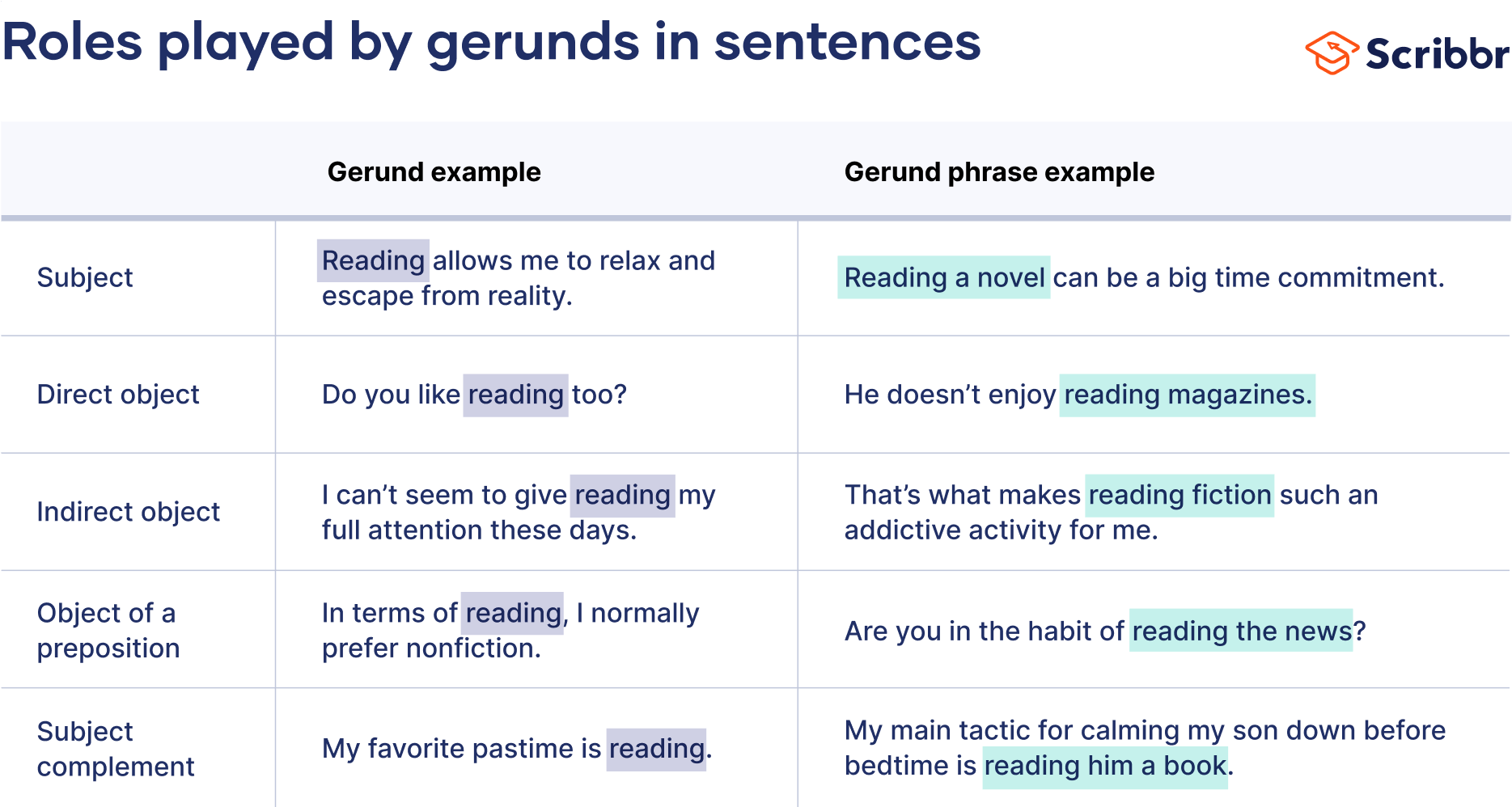Can A Gerund Replace An Infinitive? Exploring Usage In English
Gerund (-Ing) Or Infinitive (To) – When \U0026 How To Use Them! (+ Free Pdf \U0026 Quiz)
Keywords searched by users: Can a gerund be used in place of an infinitive gerund in apposition to a noun, gerund of place, the present participle form and the gerund form are identical.
How Can A Gerund Replace An Infinitive?
The usage of gerunds and infinitives involves substituting them for a noun within a sentence, but the choice between them depends on the main verb in the sentence. A gerund is formed by using the present participle (-ing) form of a verb, such as singing, dancing, or running. On the other hand, an infinitive is created by adding “to” before the base form of the verb, as seen in to sing, to dance, or to run. To decide whether to use a gerund or an infinitive, it is essential to consider the main verb in the sentence. This distinction is crucial in constructing grammatically correct sentences.
Can We Use Both Gerunds And Infinitives In A Sentence?
Certainly! Here’s a revised paragraph that provides a better explanation of using gerunds and infinitives in a sentence:
“Can we use both gerunds and infinitives in a sentence? Yes, we can! Understanding when to use them is essential. There are specific rules to keep in mind:
-
Gerunds and Infinitives as Objects: Rule 2 explains that both gerunds and infinitives can function as objects in a sentence. This means they can be used to describe actions or activities within a sentence.
-
Infinitives with Adjectives: Rule 3 advises us to use infinitives after certain adjectives. These adjectives typically describe feelings, opinions, or desires, and when they precede an action, an infinitive is the preferred choice.
-
Infinitives with Verbs and Nouns: Rule 4 indicates that infinitives are exclusively used after particular verbs when followed by nouns or pronouns referring to a person. This clarifies that certain actions are associated with infinitives when involving people.
-
Gerunds after Prepositions: Rule 5 highlights that gerunds are the preferred choice after prepositions, with one exception. Prepositions are words that show relationships between other words in a sentence, and gerunds are used to convey actions in these situations.
By understanding these rules, you can confidently use gerunds and infinitives in your sentences to convey different meanings and nuances. Keep in mind that these guidelines help ensure grammatical accuracy and clarity in your writing and communication.”
Can A Gerund Be A Finite Verb?
Can a gerund function as a finite verb? To answer this question, it’s important to first understand that there are three primary categories of non-finite verbs: gerunds, participles, and infinitives. These non-finite verbs, unlike finite verbs, do not express tense or person. In the context of this discussion, gerunds are the focus. A gerund is a form of a verb that functions as a noun and typically ends in “-ing.” While gerunds are primarily used to convey actions as nouns (e.g., “Swimming is my favorite hobby”), they are not considered finite verbs because they lack the conjugational features found in finite verbs, such as tense agreement and subject-verb agreement. Therefore, gerunds cannot be classified as finite verbs, which are essential for expressing actions in specific tenses and with subject-specific agreement.
Collect 37 Can a gerund be used in place of an infinitive





(226).jpg)


Categories: Update 54 Can A Gerund Be Used In Place Of An Infinitive
See more here: maucongbietthu.com

Absolutely, as long as the gerund is being used as the subject or object of a verb. You can even make infinitive phrases replace gerund phrases: 1. Subject: To run to school is my last resort = Running to school is my last resort.Gerunds and infinitives can replace a noun in a sentence. Gerund = the present participle (-ing) form of the verb, e.g., singing, dancing, running. Infinitive = to + the base form of the verb, e.g., to sing, to dance, to run. Whether you use a gerund or an infinitive depends on the main verb in the sentence.Rule 2: Both gerunds and infinitives can be used as objects of a sentence. Rule 3: Infinitives should be used after many adjectives. Rule 4: Only infinitives are used after certain verbs followed by nouns or pronouns referring to a person. Rule 5: Only gerunds are used after prepositions (with one exception).
Learn more about the topic Can a gerund be used in place of an infinitive.
- Can a gerund be used in place of an infinitive? If yes, how do …
- Basic Rules for Gerunds and Infinitives – TRU Newsroom
- When to Use Gerunds and Infinitives: 5 Simple Rules for …
- Non-Finite Verbs – Guide to Writing
- English Grammar – 6 Ways to Use Gerunds – engVid
- When to Use Gerunds and Infinitives: 5 Simple Rules for English Learners